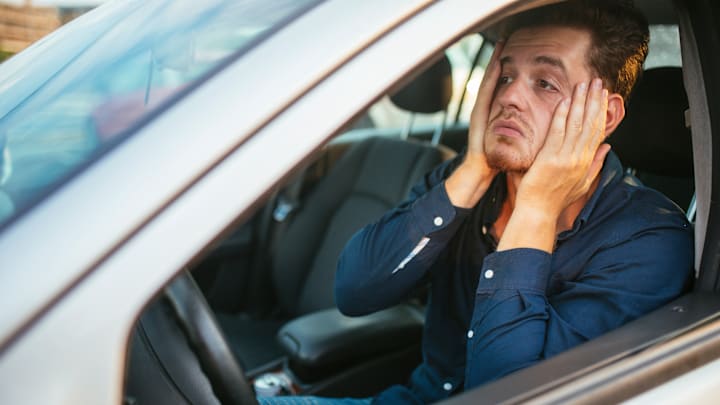Call it cabin fever, patriotism, or just a desire for hot dogs. In any case, 2023’s Fourth of July holiday is set to be the biggest ever in terms of travel, with well over 50 million Americans traveling away from home.
With all that traffic comes the potential for headaches. Fortunately, travel advocacy firm AAA and transportation data resource INRIX have made some predictions about the most and least-congested windows to help you better plan a road trip.
Date | Worst Time | Best Time |
|---|---|---|
Thursday, June 29 | 4 p.m. to 6 p.m | Before 12 p.m. |
Friday, June 30 | 10 a.m. to 5 p.m. | Before 10 a.m.; after 6 p.m. |
Saturday, July 1 | 1 p.m. | Before 12 p.m. |
Sunday, July 2 | N/A | N/A |
Monday, July 3 | N/A | N/A |
Tuesday, July 4 | 12 p.m. to 3 p.m. | Before 11 a.m.; after 6 p.m. |
Wednesday, July 5 | 3 p.m. to 6 p.m. | Before 2 p.m. |
As you can see, Friday, June 30, is expected to be the most challenging day for travelers, with major traffic slowdowns in metropolitan areas like Seattle, Denver, Chicago, and Boston that could see travel times worsened by 60 to 80 percent. By Sunday, July 2, and Monday, July 3, most people will be settled in their destination. If you can delay a trip, it might be better to try to time your departure for those dates. If not, leaving earlier in the day is always better.
While most people—an estimated 43.2 million—will take off by car, 4.17 million will opt to travel by air; another 3.36 million will hop on a bus or train. All modes are up over last year, with cheaper gas prices being a likely motivator.
[h/t AAA]
